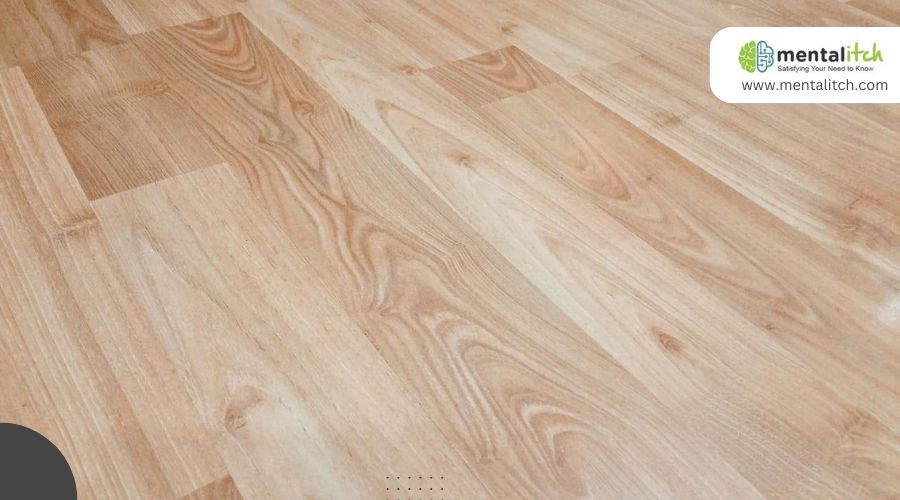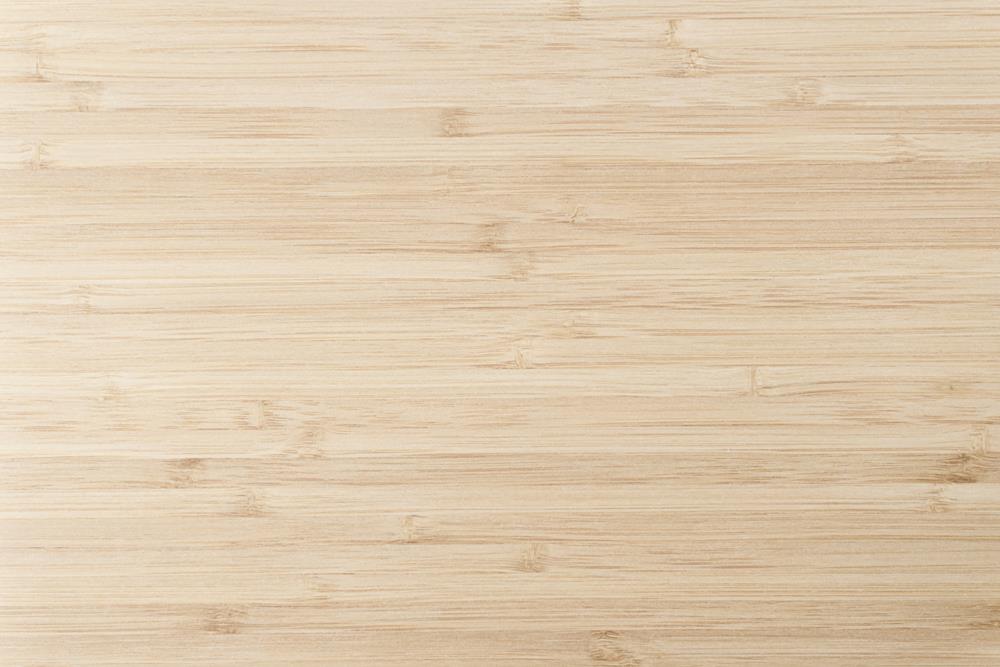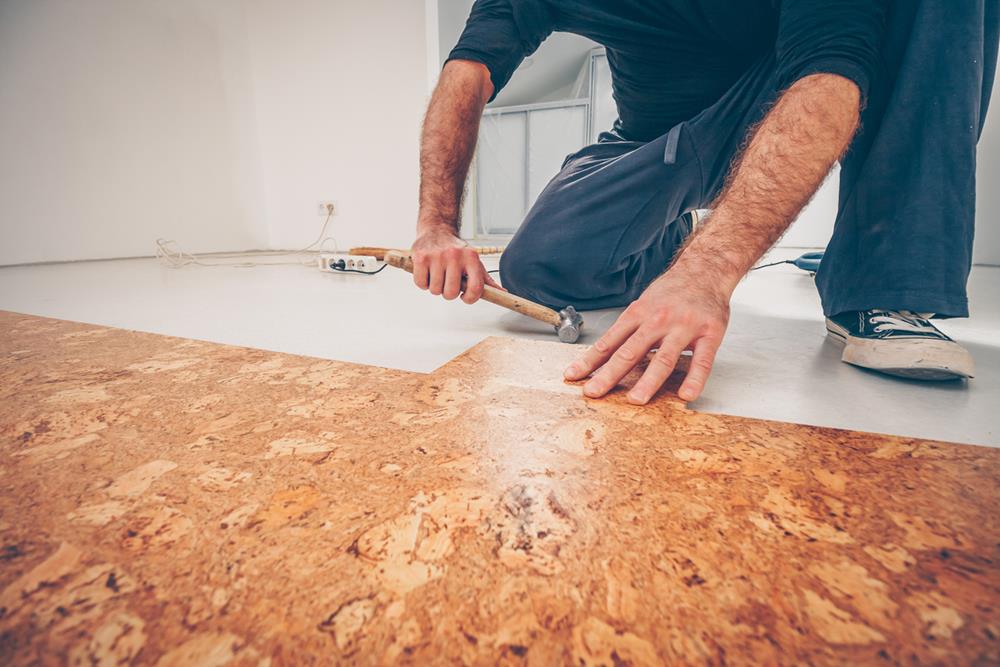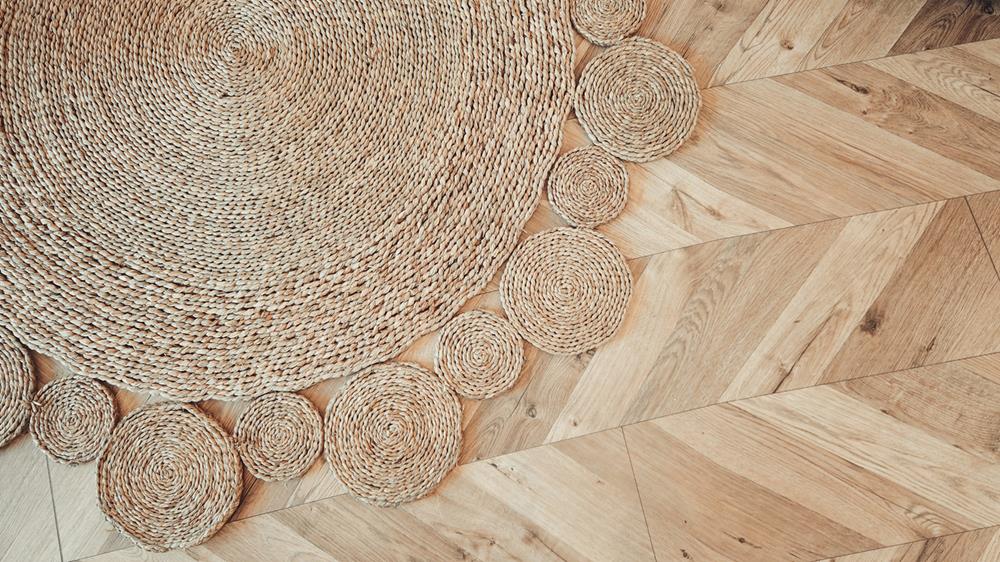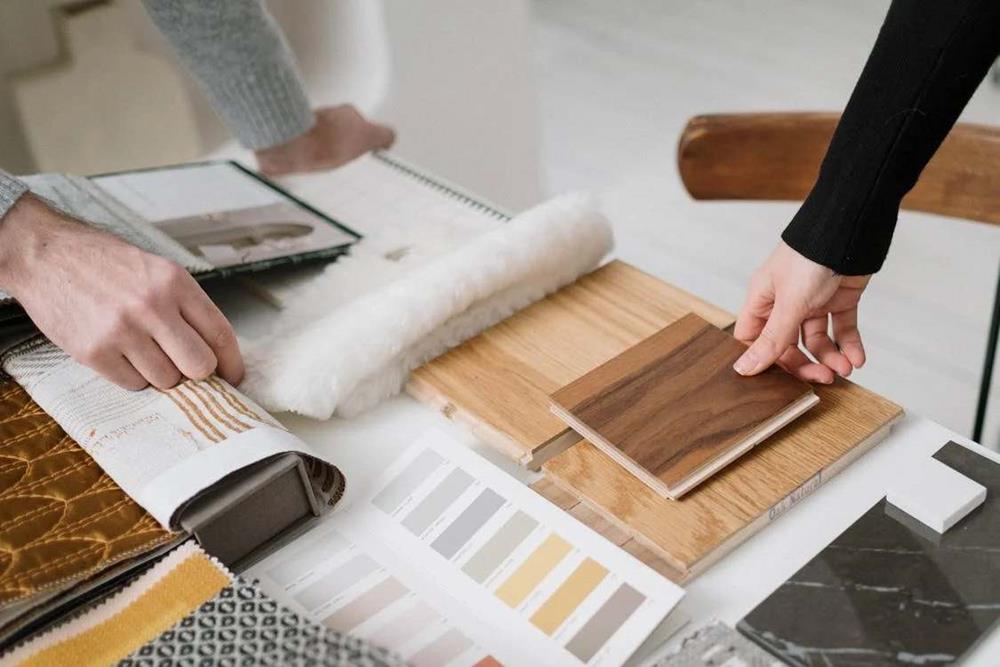If you have young children, you know how much time they spend on the floor, picking up items they dropped, finding stray pieces of food, or exploring every crevice they can find. You want to make sure your floors are comfortable for them to explore as well as healthy for them to hang out on. Find out what four smart options are available when shopping for eco-friendly flooring.
1. Bamboo Flooring
When you think of bamboo flooring, you might immediately picture hardwood floors. That’s where you’d be wrong since bamboo is actually part of the grass family. Just like other grasses, bamboo grows quickly since it takes three to five years to reach maturity. Compared to traditional hardwood floors, which can take decades to grow, bamboo is a truly eco-friendly option.
2. Natural Stone Tiles
A completely natural product, natural stone tiles are durable and don’t require a lot of maintenance. Not only will they not emit toxic gases into your home, but they can also help regulate your home’s temperature. You can choose among granite, marble, and slate tiles to give your flooring additional color and texture.
3. Cork Floors
If you or someone in your home suffers from allergies, cork flooring might be the way to go. This durable and versatile flooring option can also relieve your joints. Cork comes from cork trees, which are harvested from the tree’s bark. Because it comes from the bark and not the interior of the tree, the cork can be harvested consistently for more than 250 years.
4. Sustainable Rugs
Environmentally-friendly area rugs are another eco-friendly flooring option, and they are made out of a variety of materials. The best type of cheap rugs is made out of natural fibers, often from renewable resources. Some of the more common types of materials include the following:
- Cotton: A sustainable and renewable material, cotton is a durable and hypoallergenic material that is less expensive than wool. Cotton rugs also hold on to their color well, so you might find them produced in bold and bright colors.
- Hemp: A naturally hypoallergenic and non-irritating material, hemp is derived from hemp grass. When spun into a rug, the material becomes soft and flexible. Just like most natural fibers, hemp has a warm color that results in tan hues.
- Jute: This durable material is perhaps the most eco-friendly rug option because it comes directly from a tropical plant. The plant’s fibers are spun together to create strong threads, which are used to create the rug. Jute rugs are usually found in their natural state, although you might find some dyed.
- Wool: This popular rug material comes from sheep and goats, and it is more durable than those constructed out of synthetic fibers. Wool is also naturally stain-resistant, thanks to its organic coating on each fiber.
Up until a few years ago, eco-friendly flooring options conjured up images of bland and boring materials. Thanks to environmentally- savvy businesses and the desire of consumers to install these types of floors in their homes, you have several types of materials available.
What are the Things to Consider When Choosing Eco-Friendly Flooring?
Choosing flooring that is both sustainable and kind to the planet requires considering various factors beyond color and texture. From material sourcing to manufacturing processes, several key aspects ensure your flooring choice aligns with environmentally friendly practices. Here are some important factors to consider when selecting eco-friendly flooring.
1. Material Sustainability
The sustainability of the materials used in flooring is paramount. Look for options made from renewable resources, such as bamboo, cork, or responsibly harvested hardwood. Bamboo, for example, is highly renewable due to its rapid growth rate, making it a popular choice for eco-conscious consumers. Cork, harvested from the bark of cork oak trees without damaging the tree itself, is another sustainable option. Ensuring the wood comes from forests certified for their sustainable management practices can also make hardwood floors a more eco-friendly choice.
2. Production Process
Consider how the flooring material is produced. Eco-friendly flooring options are typically manufactured using processes that minimize environmental impact. This can include using less water and energy during production, reducing harmful emissions, and employing recycling practices. Companies that are transparent about their manufacturing processes and strive to reduce their carbon footprint demonstrate a commitment to sustainability that aligns with eco-friendly values.
3. Chemical Emissions
Many traditional flooring options release volatile organic compounds (VOCs) into the air, which can have health and environmental implications. When choosing eco-friendly flooring, look for low-VOC or VOC-free options to ensure better indoor air quality and minimize your environmental impact. Certifications like GreenGuard or the Carpet and Rug Institute’s Green Label can help identify products that meet strict chemical emission standards.
4. Durability and Longevity
The longer a flooring material lasts, the less often it needs to be replaced, reducing waste and the demand for new resources. Durable eco-friendly flooring options, such as high-quality cork, bamboo, and reclaimed hardwood, can withstand years of use, making them more sustainable choices over the long term. Additionally, consider whether the flooring can be refinished rather than replaced, extending its life further.
5. End-of-Life Recycling
Consider the flooring’s end-of-life scenario. Eco-friendly flooring should be recyclable or biodegradable, ensuring it doesn’t end up in a landfill once it’s no longer needed. Some materials, like certain types of linoleum, are made from natural materials that can be composted or recycled at the end of their lifespan. Choosing flooring with a clear, environmentally friendly disposal method supports sustainability goals and reduces environmental impact.
6. Certification
Look for certifications that validate the eco-friendliness of flooring options. Certifications like the Forest Stewardship Council (FSC) for wood, Cradle to Cradle, or the Sustainable Forestry Initiative (SFI) provide assurance that the products meet certain environmental, social, and governance standards. These certifications can help guide your decision towards flooring options that are truly beneficial for the planet.
Interesting Facts About Eco-Friendly Flooring Options
Eco-friendly flooring has been gaining traction in the design world, not just for its minimal environmental impact but also for its innovative and aesthetically pleasing options. As more homeowners and businesses strive for sustainability, the benefits of choosing eco-friendly flooring materials become increasingly significant. Here are some fascinating facts and statistics that highlight the importance and growing popularity of sustainable flooring options:
- Rapidly Renewable: Bamboo flooring, one of the most popular eco-friendly options, can regenerate to its full mass in just six months, compared to hardwood trees which can take decades.
- Carbon Footprint Reduction: Cork flooring, made from the bark of cork oak trees, can reduce greenhouse gas emissions by capturing and storing carbon dioxide throughout its lifecycle.
- Recycled Content: Many eco-friendly flooring options, including certain linoleum and carpet tiles, are made from up to 100% recycled materials, significantly reducing waste in landfills.
- Energy Efficient Production: The manufacturing process for some eco-friendly flooring materials, such as linoleum, requires less energy compared to traditional flooring, contributing to lower overall carbon emissions.
- Improved Indoor Air Quality: Eco-friendly flooring options like cork and bamboo are naturally resistant to mold and mildew, promoting healthier indoor air quality and making them ideal for allergy sufferers.
- Durability and Longevity: Reclaimed hardwood floors can last for generations, preserving the character and beauty of the wood, while reducing the demand for new timber resources.
- Water Conservation: Certain types of eco-friendly flooring, particularly those made from natural fibers, require less water to produce than conventional flooring options, contributing to global water conservation efforts.
- Economic Benefits: The global market for green building materials, including eco-friendly flooring, is projected to reach significant growth in the coming years, reflecting a rising demand for sustainable construction products.
Conclusion
In the quest for more sustainable living, choosing eco-friendly flooring is a step in the right direction. Today’s market offers a variety of smart options that do not compromise on style, durability, or budget, all while minimizing harm to the environment. From bamboo and cork to reclaimed hardwood and recycled materials, these alternatives provide the opportunity to make responsible choices without sacrificing the aesthetic appeal of your space.

